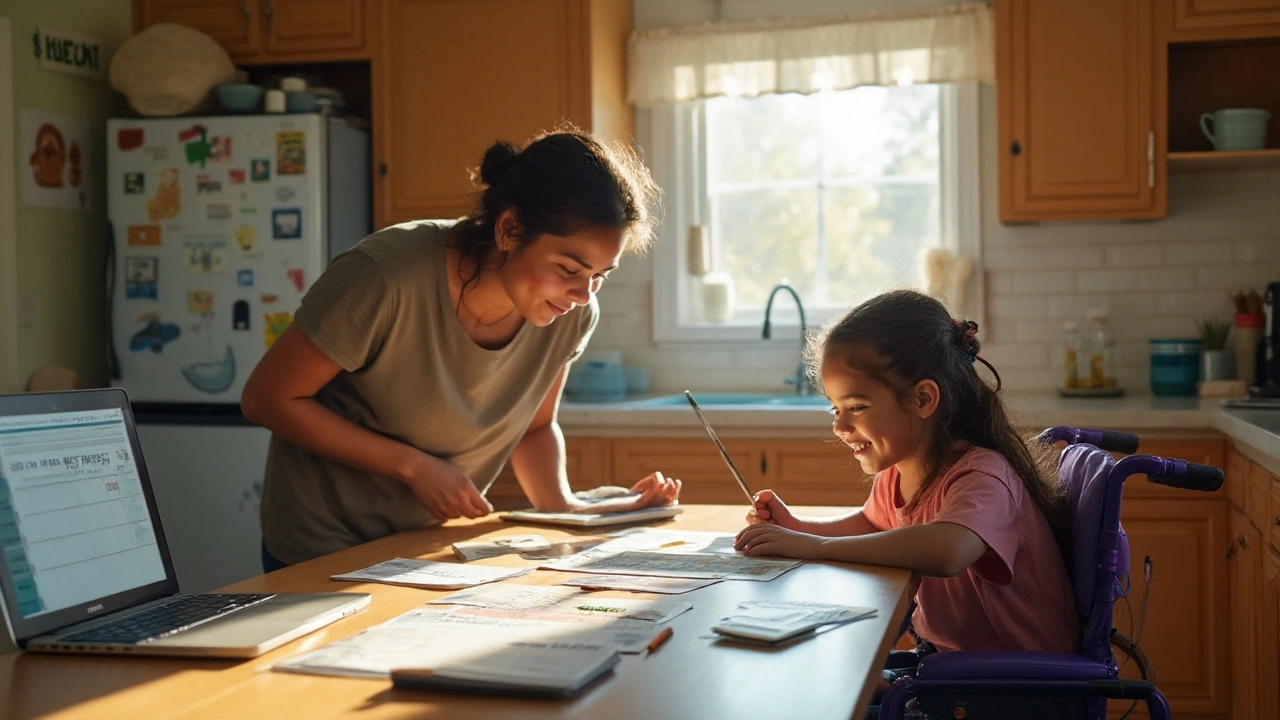EHCP UK: What It Is and How to Get One
If you’ve heard the term EHCP and wonder if it applies to you or your child, you’re in the right place. An EHCP, or Education, Health and Care Plan, is a legal document that sets out extra support for children and young people with special educational needs or disabilities in England. It brings together school, health and social‑care services so everyone knows what help is needed.
Most people think EHCPs are only for severe cases, but the truth is they cover a wide range of needs – from learning difficulties to physical disabilities. If a child’s needs can’t be met by the school’s normal provision, an EHCP may be the answer.
Who Can Apply?
Any child or young person aged 0‑25 who has special educational needs that aren’t being met can have an EHCP. Parents, carers, the young person themselves (if they’re over 16), a school, or a health professional can start the process. Usually the first step is a request for assessment sent to the local authority.
The local authority then decides whether an assessment is needed. If they say yes, a team of specialists – teachers, therapists, doctors – will gather evidence. This can include school reports, medical records, and observations at home. The more detailed the evidence, the smoother the process.
Key Steps to Get an EHCP
1. Ask for an assessment. Write a letter or fill out the online form your council provides. Keep a copy for yourself.
2. Gather evidence. Talk to your child’s teachers, doctors, and any therapists. Ask for written statements that describe the child’s strengths and challenges.
3. Attend the assessment meeting. The local authority will invite you to a meeting where they’ll discuss the evidence. Bring any questions you have – this is your chance to shape the plan.
4. Review the draft EHCP. If the council creates a draft, they must share it with you. You can suggest changes or ask for clarification. You have 15 days to respond.
5. Finalise the plan. Once everyone agrees, the EHCP is signed and becomes law. It will list the child’s needs, the outcomes they should achieve, and the specific support they’ll receive.
6. Review and update. EHCPs are reviewed at least once a year or when circumstances change. You can ask for a review anytime if you think the plan isn’t working.
Keeping notes of meetings, dates, and contacts helps if anything goes off track. If the council refuses an assessment or a plan, you can appeal to the First‑tier Tribunal – but most issues are solved with clear communication.
Remember, an EHCP is about giving the child the best chance to learn, grow, and enjoy everyday life. It’s not a punishment or a label; it’s a tool that brings together the right people.
Need extra help? Many charities, such as the Special Educational Needs Federation and Family Support Groups, offer advice and free templates for letters. You can also find local parent support groups on social media – they often share useful tips and moral support.
Getting an EHCP can feel overwhelming, but breaking it down into these steps makes it manageable. Start with a simple request, collect solid evidence, and stay involved throughout. With the right plan in place, you’ll see the difference in confidence, learning, and well‑being for the child or young person you care about.

